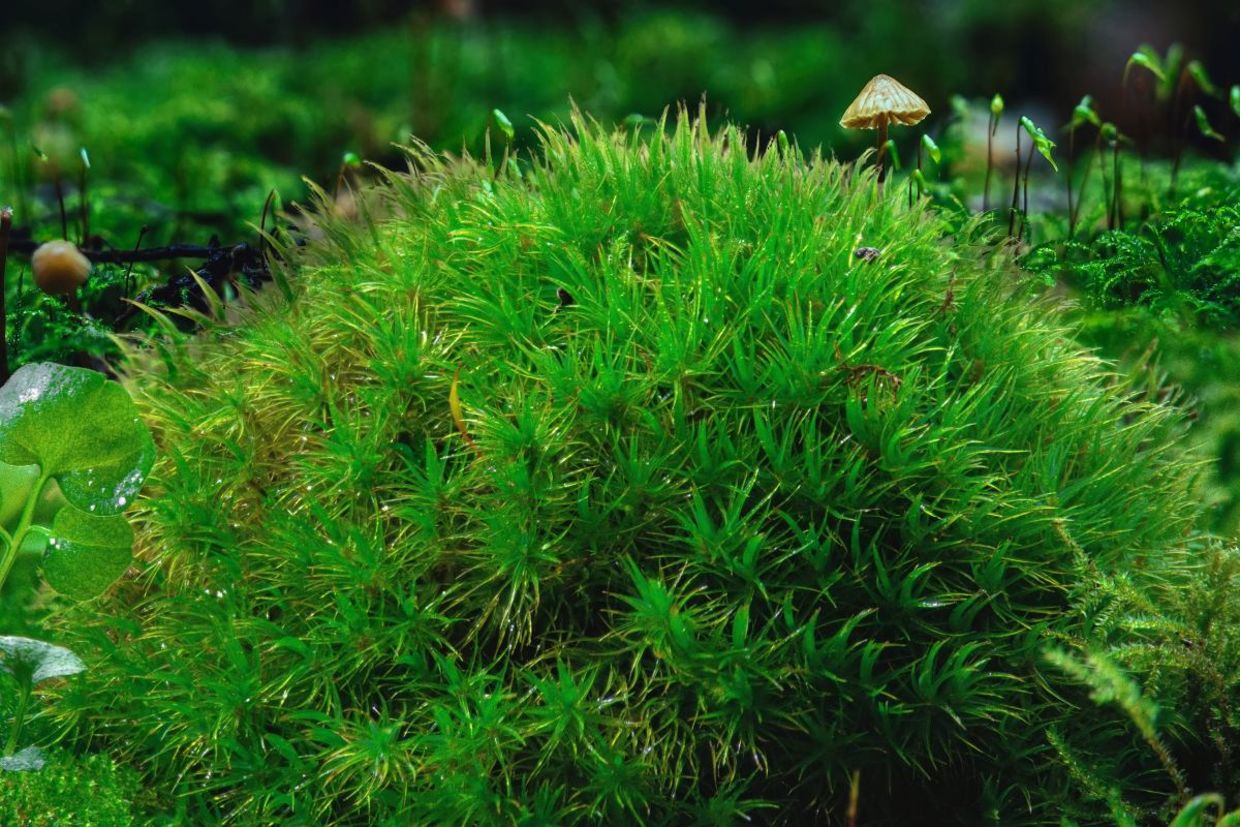
(JosephArag / Shutterstock.com)
Like a literal breath of fresh air, so-called “micro-forests” represent a quiet green revolution, boosting the quality of life in many of the world’s polluted and overcrowded urban hubs, as Euro News reports.
As the portal of the Massachtusettes town of Brookline explains, these small areas of densely planted woodland trees, also known as mini-forests and pocket-forests, offer a way for communities to manage the effects of climate change on a small scale, but with significantly larger benefits to the environment and local people, as they restore soil, air and water quality. Miraculously becoming self-sustaining over time, they are a way to make reimagined urban life a reality.
Significantly, mini-forests, as one of their nonprofit facilitators SUGi outlines, serve to build social bonds in communities too, as they come together to enjoy and sustain new natural settings that offset the swathes of gray concrete in the urban centers in which they live. They can also regenerate and beautify neglected plots in cities such as former basketball courts, and disused parking lots and playgrounds, for instance.
Challenging deforestation in multiple inner-city green spaces
According to the UN’s State of the World’s Forests Report from 2020, over 440 million hectares of forest have been lost to other uses since 1990. With more than 85 percent of the global population living in urban areas, micro-forests in cities offer an important chance to combat deforestation.
Euro News details some of the many exciting micro-forests that have taken root around the world. Nonprofit Earthwatch Europe, for instance, has planted 285 of them since 2022. Their plots are made up of 600 trees. These mini-forests are proving a magnet for over 500 animal and plant species, just in the first three years after being established.
A tree-planting program aiming to restore biodiversity and reintroduce native species, SUGi, has created 230 pocket forests in 52 cities around the world, from Toulouse in France, to Madrid in Spain, and Saint George in Romania.
Often, micro-forests are independent local initiatives. Blog Preston documents how an 800-tree mini-forest is planned for the edge of a suburban park in Preston, Lancashire, in the UK.
The Miyawaki Forest Technique
Micro-forests aren’t a new phenomenon. As the Brookline portal details, the inspiration behind them comes from Japanese botanist and researcher, Akira Miyawaki, now in his mid-nineties.
This esteemed scientist found that the dense planting of native trees and shrub seedlings in small areas that can be as compact as two parking spaces, can still provide benefits as they transform into the sites of long-lived trees that rewild natural environments and even repair contaminated sites quickly and effectively.
In doing so, as Nautilus reveals, Miyawaki was inspired by the Shinto shrines of the country of his birth. Often honoring spirits and gods of the forests, these sacred groves were dense and biodiverse, reproducing forest ecosystems in an attempt to recreate the complexity and beauty of natural forests. To date, he has planted more than 750 mini-forests in Japan, Malaysia, and South America.
The benefits of what are also called “Miyawaki forests,” in tribute to his vision, include cooling and filtering air, increasing biodiversity, and reducing flooding and erosion. According to the Aga Khan Foundation, standing under a micro-forest’s canopy, or in close vicinity, a person will feel the average temperature drop by 7-10 degrees Celsius (45-50 degrees Fahrenheit) and breathe in purified air.
Another plus is how fast these refreshing patches of green can grow. Once sun-tolerant, indigenous seedlings are densely planted in enriched soil, and regularly watered and weeded, mature seedlings, in harmony with surroundings plants and soil, will have become entrenched, and start growing by up to three feet each year just three years later.
Twenty years on, the multi-layered mass of shrubs and trees resembles a mini native forest, offering a maintenance-free habitat for fauna and climate resilience. According to Brookline, these densely planted mini-forests are 20 times more biodiverse than typical monoculture forests, storing 40 times more carbon than a tree plantation.
YOU MIGHT ALSO LIKE:
Scotland’s Bumblebees are Buzzing!
Technology For Trees!
A New Marine Haven is Coming to California







